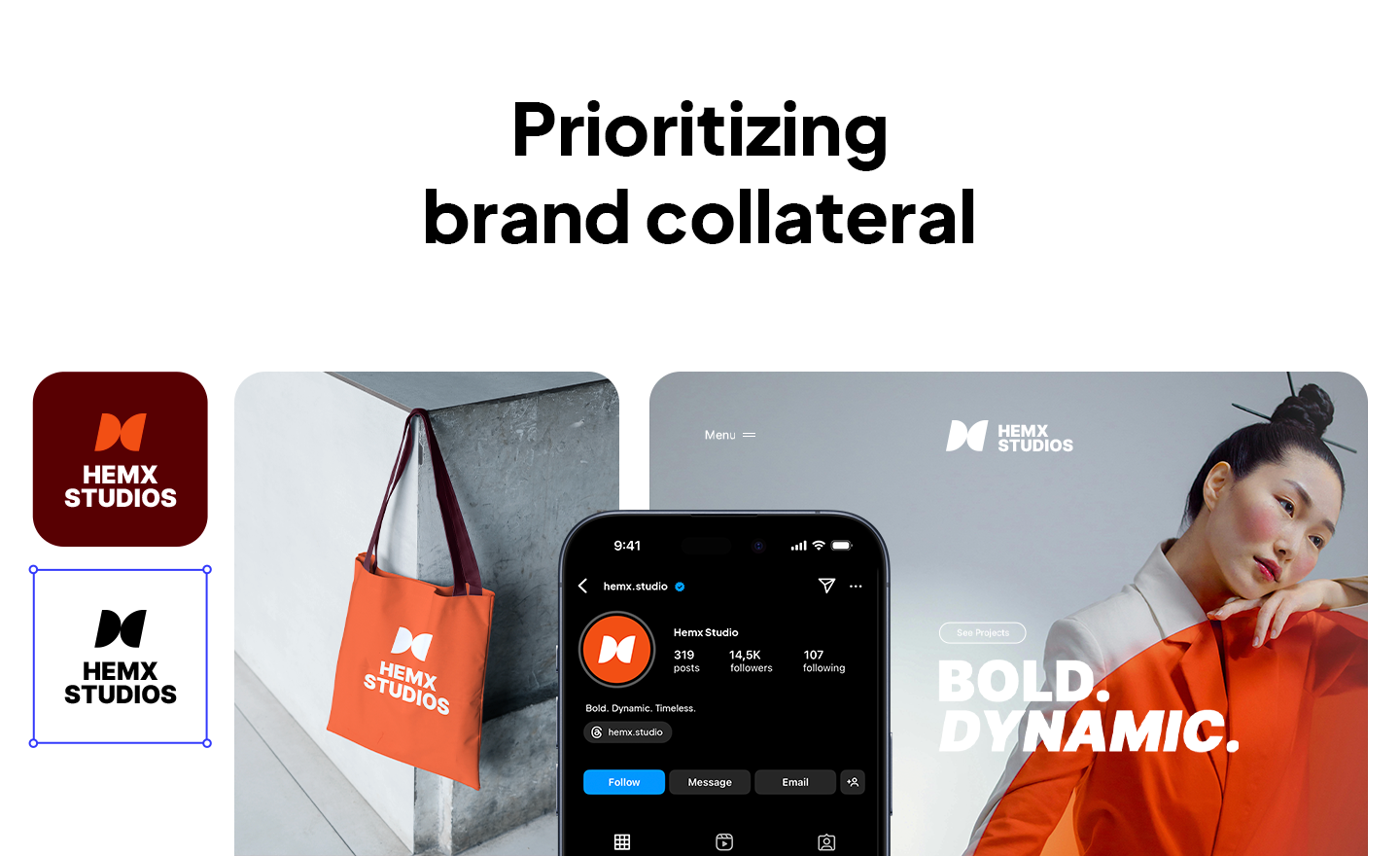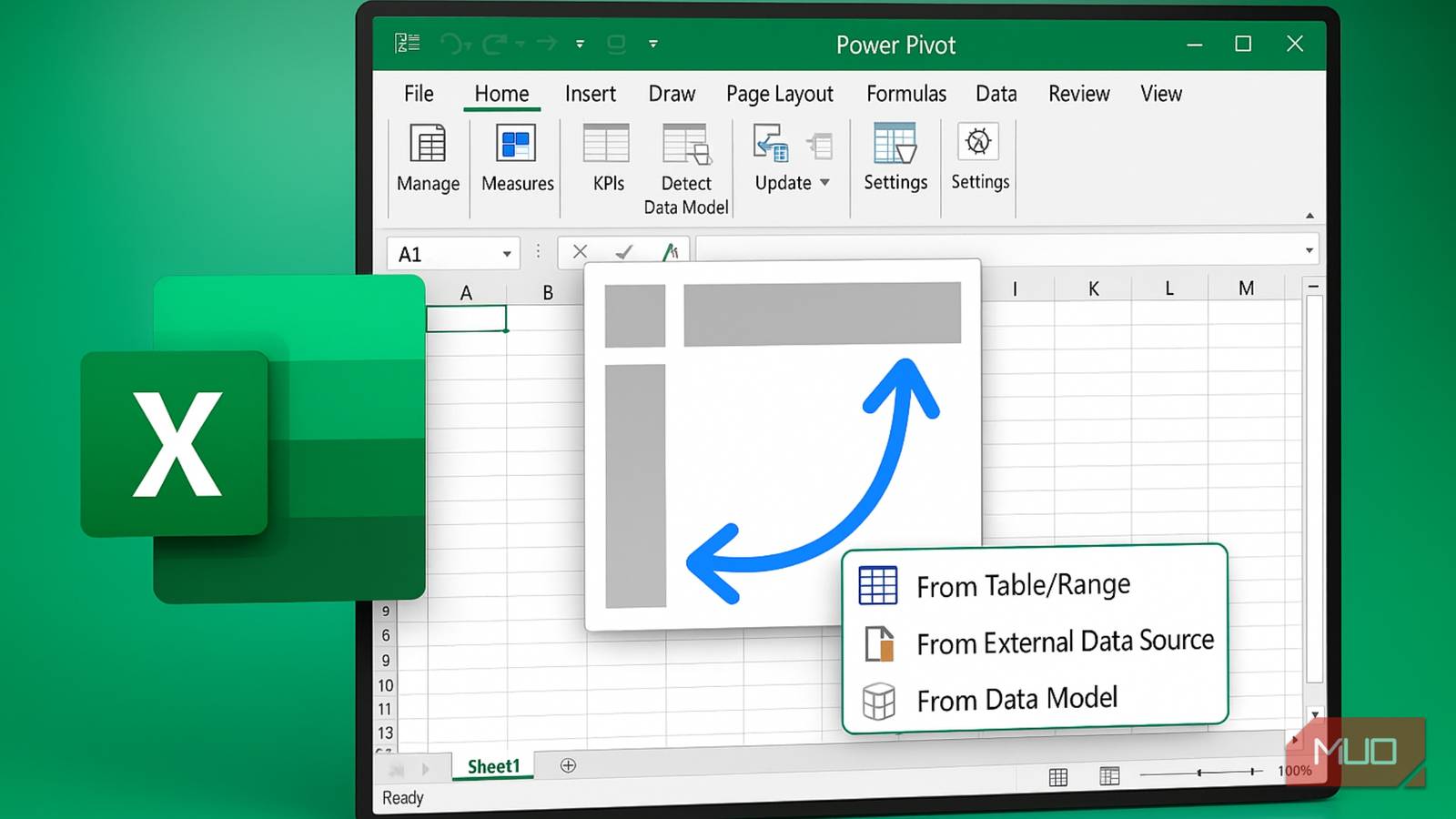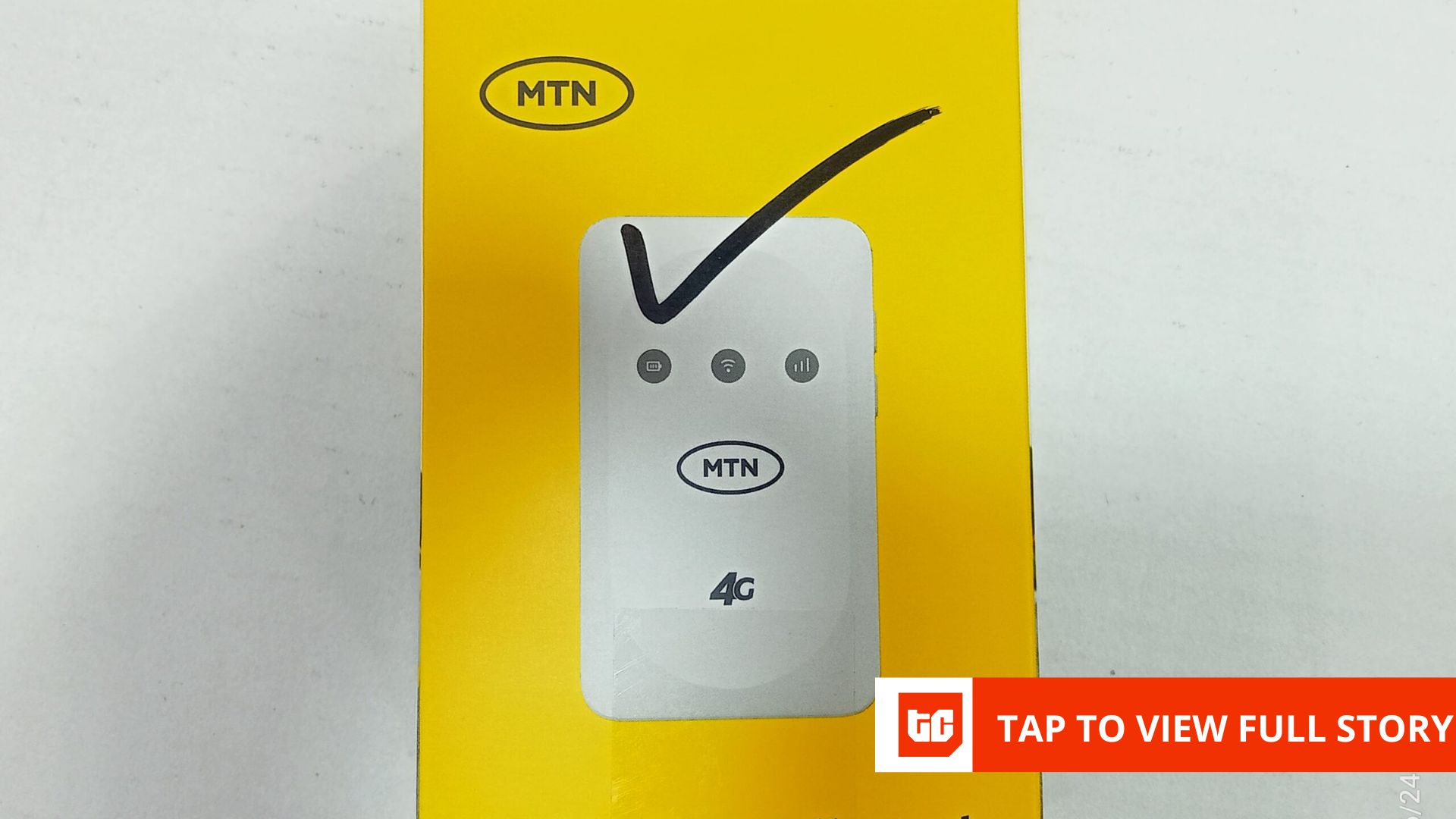Focus on what removes blockers, drives decisions, and delivers the most impact with the least effort. You’re staring at a list of 15 different pieces of sales collateral your team “urgently” needs. The product brochure that marketing promised six months ago. The case study deck that would “definitely close more enterprise deals.” The ROI calculator that could streamline discovery calls.
It’s a tough spot, when everything feels important and you don’t have the people or time to do it all. That’s when clear thinking matters most. Prioritizing collateral under resource constraints isn’t about saying no to everything, it’s about making smart, practical choices based on what will actually make an impact. Let’s walk through how to do that without burning out your team or settling for “good enough.”
What are the risks of prioritizing the wrong collateral?
When you create a detailed product brochure before validating your core value proposition, or spend weeks perfecting a presentation template while your sales team loses deals due to missing competitive intel, the costs compound quickly.
- Wasted resources cascade into bigger problems. Skipping a deliberate approach to prioritizing collateral under resource constraints leads to waste. One team spent three months on a product catalog, only to find reps needed quick one-pagers. Result: 37% longer sales cycles.
- The important things get overlooked while the “nice-to-haves” soak up time. Sales reps start making their own materials just to get by, but those are often off-brand and miss the mark because the official content doesn’t actually speak to what buyers are really asking.
- Team burnout accelerates when priorities constantly shift. Without clear criteria for decision-making, every stakeholder’s urgent request becomes a fire drill.
What is the most important question to ask before prioritizing collateral?
“Where are users or stakeholders currently stuck? That usually points me to the most leveraged asset. If I can unblock a decision, clarify a value proposition, or accelerate a conversation, that’s where I start looking,” shares Arame Simonian, the head of content acquisition at 10Web.
It flips the conversation from “What should we make?” to “What’s getting in the way?” This mindset shift is just as essential when figuring out how to prioritize features, it helps you focus on real blockers, not just a wishlist.
Look for the early warning signs:
- Questions being asked repeatedly by your sales team
- Stall time when it comes to execution on deals or campaigns
- Drop-off points in your sales funnel where prospects go dark
- Manual workarounds your team creates to fill content gaps
How does the ICE framework help prioritize content requests effectively?
“I always use the ICE framework: Impact, Confidence, and Effort. I prioritize the tasks that deliver more impact with less effort. This ensures that value is delivered to the end user faster, so is the feedback loop,” says Arame.
With this framework, you score each request in those three areas, then use the results to guide your focus, whether you’re prioritizing sales assets or trying to decide how to prioritize features in your roadmap. It’s not perfect, but it keeps you from getting pulled in ten different directions, or defaulting to “whoever asked last.”
1. Impact: Does this help close deals or solve real problems?
Start by asking: will this asset directly help someone buy or make selling easier? If not, it’s probably not a top priority:
- High impact (8-10): Stuff that unblocks deals, tackles common objections, or helps someone say “yes” faster.
- Medium impact (5-7): Helpful, but not game-changing, like tools that support the process but don’t drive decisions.
- Low impact (1-4): Brand polish or “nice to have” content that might look good but won’t move the needle much.
2. Confidence: How sure are we that this is going to work?
Confidence measures how much real evidence, not guesses, you have that this asset will deliver results.
- High confidence (8-10): You’ve done something similar and seen it work. Sales is actively asking for it. The need is clear.
- Medium confidence (5-7): It makes sense, and there’s some anecdotal support, but you’re not totally sure.
- Low confidence (1-4): It’s a new idea, a hunch, or something you’re testing for the first time.
3. Effort: What’s it going to take?
Effort is about the time, coordination, and complexity required to deliver the asset, start to finish.
- Low effort (1–3): Quick turnaround, maybe tweaking a template or updating something that already exists.
- Medium effort (4–7): Net-new content with research, writing, design, and a couple rounds of review.
- High effort (8–10): Custom builds with lots of moving parts, stakeholders, and probably some scope creep.
How to use the ICE score (without getting too nerdy)
Multiply the three scores together: impact × confidence × effort. That gives you a rough idea of what’s worth doing now versus what can wait.
Let’s say:
- A sales deck scores 8 for impact, 9 for confidence, and 3 for effort = 216
- A helpful FAQ scores 6 for impact, 8 for confidence, and 9 for effort = 432
Even though the sales deck feels more important, the FAQ wins on effort. It’s faster to produce and still adds value. That’s what ICE helps you see, the hidden trade-offs and easy wins. It’s especially useful when figuring out how to prioritize features or decide which content requests are worth your time.
What’s the best way to manage competing requests from multiple teams?
When multiple teams are coming at you with urgent tasks, it’s easy to default to whoever’s shouting the loudest, or whichever request feels most urgent at the moment. This approach rarely works when you’re prioritizing collateral under resource constraints. It often leads to chaos, mismatched priorities, and content that doesn’t actually move the business forward.
Here’s a great tip from Arame on how to approach it more strategically: “You have to pause and zoom out. Get all the teams together and reconnect around the company’s bigger goals. Then you can look at each request and ask: which ones are truly tied to the outcomes we’re aiming for?”
That’s the heart of the “Big Picture Meeting”:
Get everyone in the room (or on a Zoom), walk through the high-level goals, and look at what’s already in motion. Then go one by one through the requests and map them to actual business outcomes. Will this help close deals? Improve retention? Support a key metric?
Talk it out as a group. Make sure everyone understands not just what’s being prioritized, but why. Then document the decisions, align on timelines, and move forward together.
It takes effort, but this kind of alignment helps you make decisions based on impact, not internal politics, pressure, or volume. That’s what keeps your team focused and your content working.
Why is it better to launch minimum viable collateral instead of waiting for perfection?
Especially when you’re prioritizing collateral under resource constraints, it’s smarter to start with minimum viable versions that deliver immediate value rather than waiting for perfection.
The faster something is delivered to end users, the faster the feedback loop and iterations. It is important not to build in isolation, but to always listen to customers. I am a keen believer in MVPs and MLPs (Minimum Viable Product or Minimum Lovable Product).
MVP Approach Benefits:
- Faster time to value for your sales team
- Real-world feedback that prevents wasted effort on unnecessary features
- Reduced resource risk if assumptions prove incorrect
- Early wins that build momentum for larger projects
How do you stay productive without overwhelming your team?
Most teams are doing too much with too little. Even if you’ve got a plan, the requests pile up, sales wants a new deck, product needs a launch toolkit, leadership just dropped three new “priorities.” It’s a lot. So how do you stay focused and still deliver great work without running your team into the ground?
Here are a few things that actually help when time, energy, and headcount are tight.
Turn one project into five
You don’t need to start from scratch every time. If you’ve already built something solid, like a customer story, a product launch, or even an internal presentation, break it apart and reuse it.
That story? Turn it into a case study, a short video, a few social posts, a sales slide, and a pull quote for your next proposal. Same with product rollouts, one announcement can become onboarding content, support docs, email updates, and more. (Bonus points if you’ve got a visual brand system, like 10Web Brand Kit, that keeps the look consistent across every format.)
The goal is simple: build things once, then make them work harder.
Build systems that actually make life easier
Templates. Playbooks. Shared folders that aren’t a mess. These things might sound boring, but they save everyone from decision fatigue. When your team knows what “done” looks like, for a landing page, a product brief, a sales asset, they can just get started.
Even better, set clear rules for what needs a formal review and what doesn’t. That alone can cut weeks off your timeline. Good systems shouldn’t feel heavy. They should feel relieved.
Use tools that reduce the blank page problem
When it comes to visual assets, logos, favicons, even a basic site template, starting from scratch can eat up hours. The 10Web Brand Kit gives you clean, consistent branding assets in seconds: logo, color palette, website design, and messaging, all aligned out of the box. It’s perfect when you need to move fast and still look buttoned up.
Be thoughtful about what you outsource
You don’t have to do it all in-house, and probably you shouldn’t. Be intentional about what gets handed off:
- Bring in freelancers when you need sharp, specialized help, like technical writing, industry research, or polished design work.
- Lean on agencies for bigger lifts, think campaigns with lots of moving parts, rebrands, or tools that need cross-functional input.
- Keep anything brand-defining with your internal team, like messaging, product positioning, or anything that shapes how customers experience your company. No one understands that nuance better than the people closest to it.
When you get the balance right, you speed things up without letting quality drop, and you give your team the space to do their best work instead of drowning in everything else.
Go from idea to complete brand in minutes.
What common mistakes do teams make when prioritizing collateral, and how can they be avoided?
From our team’s experience and insights learned from what experts share, we can say that the hard lesson here is when one follows only gut feeling to prioritize and does not take into account the qualitative and quantitative data that exists. It is always important to use a prioritization framework when making decisions, whether you’re deciding how to prioritize features or which sales materials to create next.
Common pitfalls:
- Perfectionism over progress: Spending weeks polishing materials that would be 80% effective with 50% of the effort
- Ignoring usage data: Creating beautiful materials that sit unused because they don’t fit real workflows
- Underestimating complexity: Most materials take 2-3 times longer than initial estimates
- Decision-making without frameworks: Leading to cumbersome processes and inconsistent priorities
How can you tell if you’re prioritizing the right collateral?
Look at what the numbers are telling you. These simple metrics can help you validate your decisions, and adjust if needed:
- Usage rates: Are people actually using the materials? If a “must-have” sales deck sits untouched, there’s a disconnect between what you thought was needed and what actually helps.
- Conversion impact: Are you seeing a lift in meeting-to-opportunity rates? Are proposals closing faster? Good collateral should move these numbers, even slightly.
- Internal adoption: If a piece gets picked up quickly by new hires or shared across teams, that’s a good sign you’ve hit on something useful and repeatable.
- Quality of feedback: Listen to your sales team, your prospects, and even your customers. Are they referencing the materials? Asking for more? That feedback loop is where real improvement starts.

Go from idea to complete brand in minutes.
What’s the core takeaway for prioritizing sales collateral under constraints?
If a quarter of your collateral list is labeled “urgent,” you don’t have priorities, you have a backlog in disguise. The hard truth? Most things can wait. Being ruthless about what’s actually critical helps your team focus, deliver, and breathe.
“Nice to have” is not the same as “must have.” The faster you draw that line, the faster you’ll get meaningful work out the door.
FAQ
How to prioritise when everything is a priority?
It’s overwhelming when everything feels equally urgent. The trick to prioritizing collateral under resource constraints is to ask: what’s holding things up right now? Same goes for how to prioritize features, start with what removes the biggest roadblock.
How do you prioritize your objectives when faced with tight deadlines?
Deadlines help you get real. Instead of aiming for perfection, focus on what you can ship quickly that actually helps. If you’re learning how to prioritize features in a product roadmap or a collateral queue, go for fast, useful wins that unblock progress.
How do you prioritize what you want versus what you need when resources are limited?
Wants are nice. Needs are necessary. When prioritizing product features, lead with what solves real problems, not what just looks good. It’s the same mindset when learning how to prioritize features: fix pain points first.

Go from idea to complete brand in minutes.










